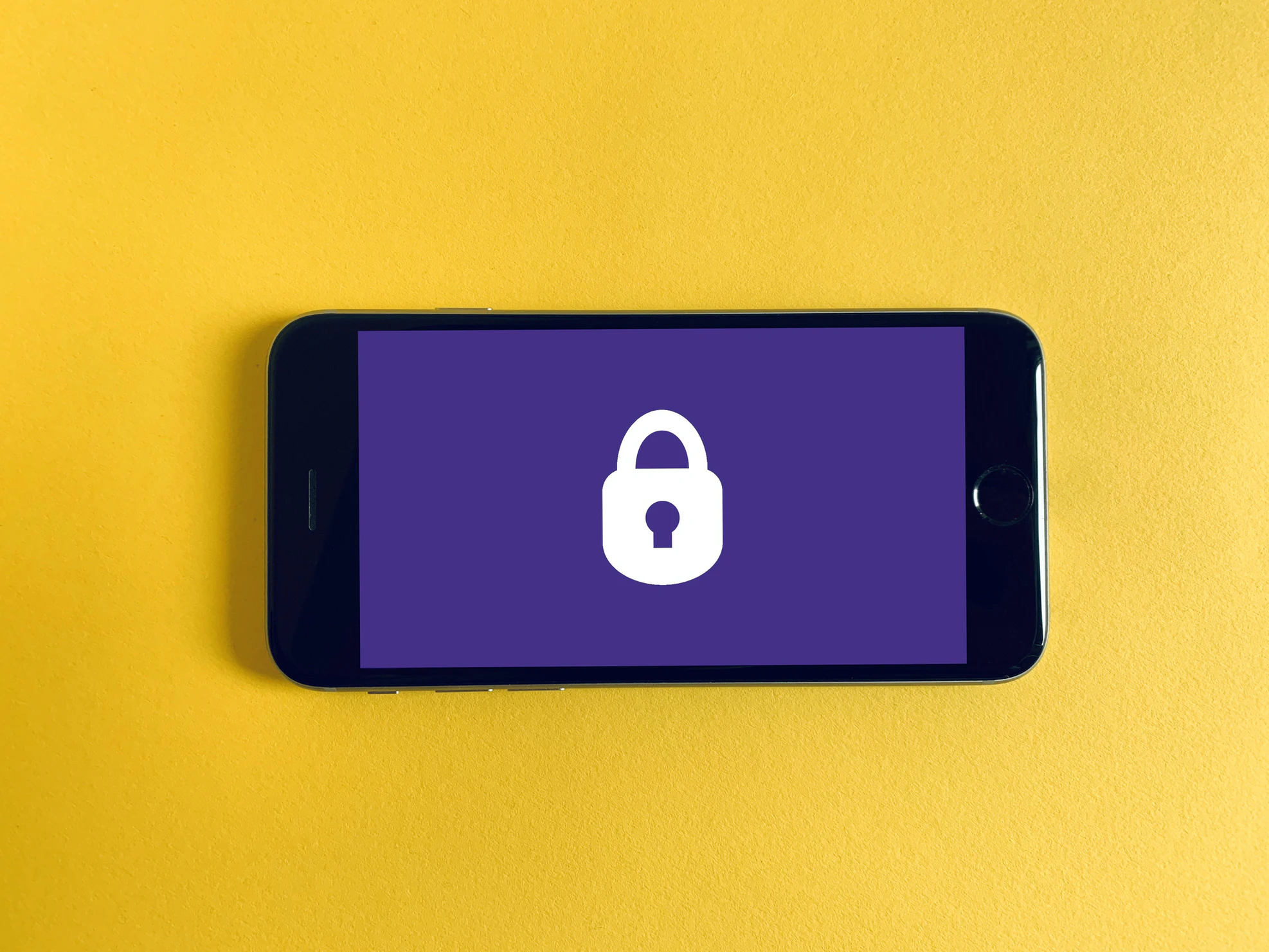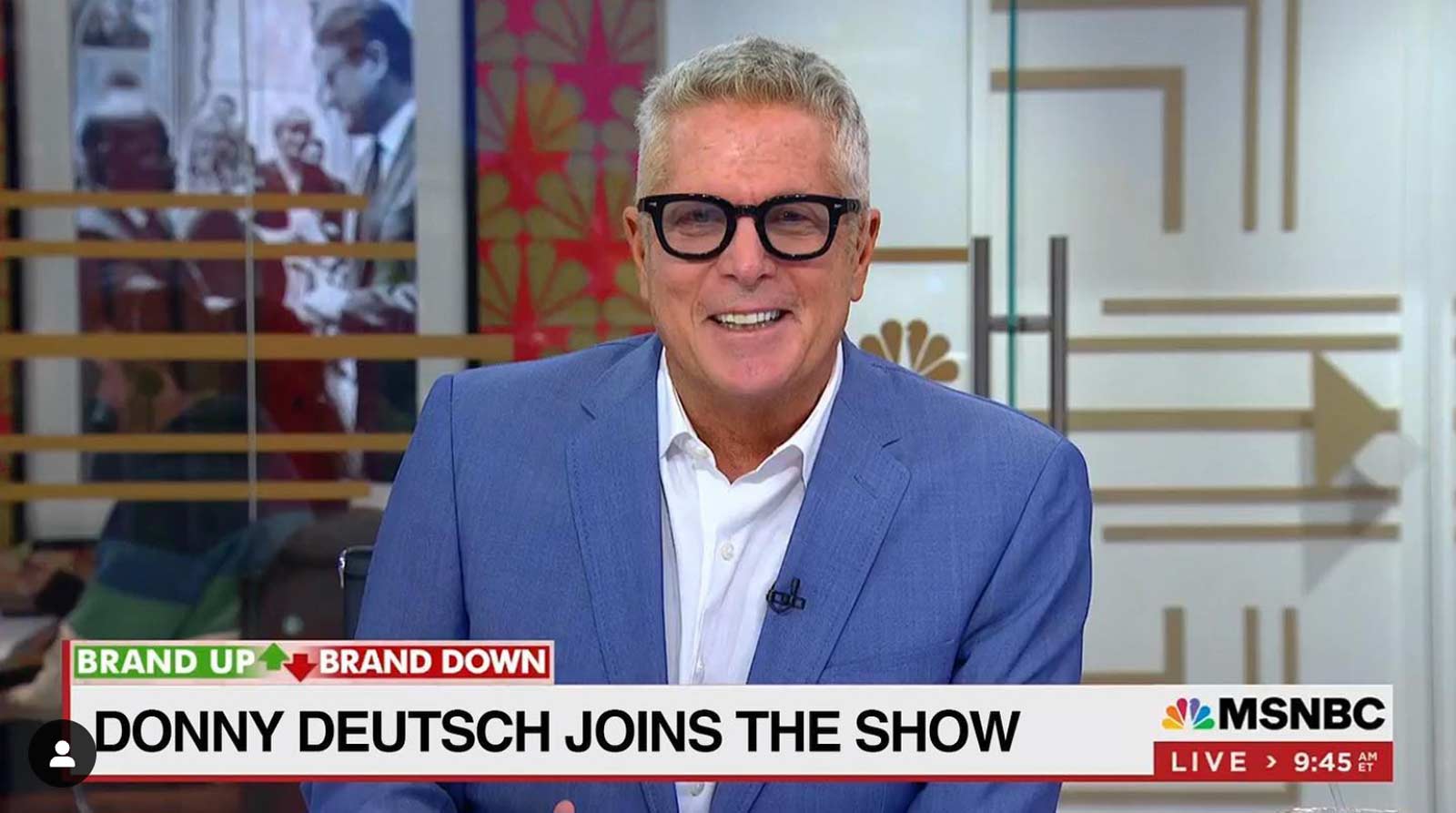2021 was an unprecedented year for non-fungible tokens (NFTs). According to Bloomberg, the market cap for digital collectibles reached $40 billion last year, with artists like Beeple selling their art for as much as $69 million.
But with the rise in interest towards non-fungible tokens, the number of scams and rug pulls around NFTs has risen too, which means it is as important as ever to remain vigilant. Here’s what you should do.
Research ‘to the bone’
We’re not being dramatic, it’s just the way it is: research is always a good idea. NFTs are not just art, it’s an investment. And it requires the same due diligence as any investment decision would.
These are the most important steps to take when looking for NFTs to buy:
- Check the company’s official website.
- Check the team’s page.
- Make sure to check the team elsewhere – Linkedin, Twitter, Facebook, or any other professional or work-related platform.
- Read the whitepaper thoroughly.
- Familiarize yourself with the platform’s business model.
- If there’s a list of investors mentioned on the site, double-check them with the funds’ information.
- Ask people with expertise and experience in the area for advice.
Know what you click on
After you acquire an NFT, it’s important to keep it safe. Fishing links, messages, and emails have been circling around in the space, leading to thousands of dollars worth of stolen NFTs. To make sure this doesn’t happen to you, consider doing the following:
- Do not trust your DMs: if a platform you hold your NFTs on needs to reach you with “assistance,” it will send an email, not a direct message on Twitter or Discord (or any other social media platform, for that matter).
- Do not trust your DMs, part two: advertisers and scammers will keep abusing your social media to attract your attention, so be as careful as you can with links you click on, even if the account that sent it is verified.
- Speaking of links: double-check the link itself – scammers usually mix letters/symbols to make it look similar to familiar websites.
Security, security, more security
Security might have become one of the most used words in the web3 space. The new web platforms promise a more secure experience to their users. But the truth is that it all comes down to what you’re doing and how you’re protecting your assets. And here are some tips to do it.
- Consider using a hard wallet instead of a hot wallet to keep your NFTs safe.
- Remember to keep your recovery phrase(s) in multiple copies in different places (that is, offline).
- Never tell anyone your recovery phrase.
- When signing up or logging in somewhere, use two-factor authentication
- Use different and strong passwords for different accounts
- When minting an NFT, opt for a well-known, verified platform
We hope that these steps will help you choose and protect your non-fungible tokens. After all, in the crypto and NFT spaces, it’s always a good idea to remain cautious with every step you take.
Image: Franck via Unsplash
See also
What is an NFT?
Recent security attacks and fails in the NFT world






